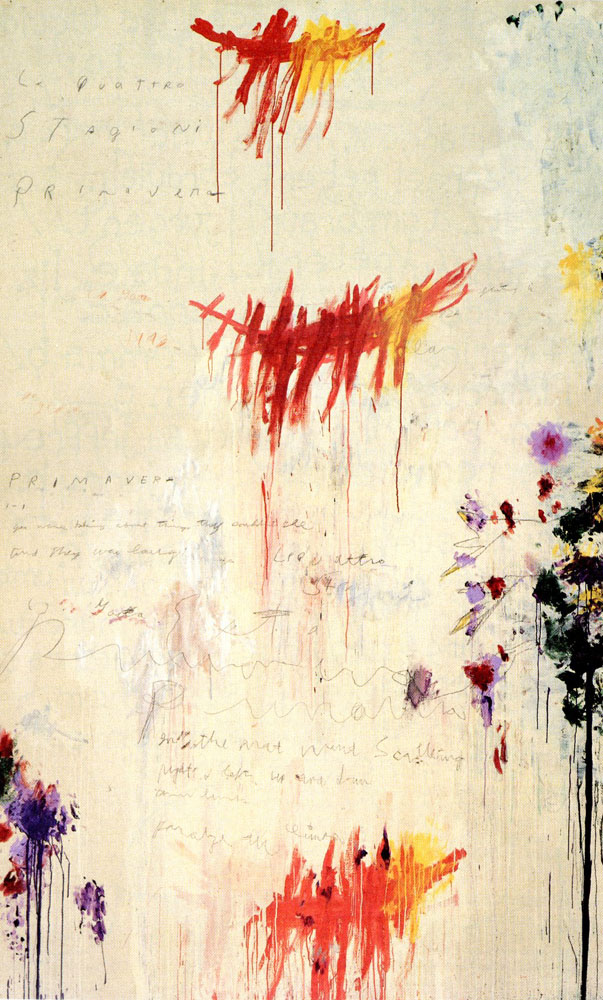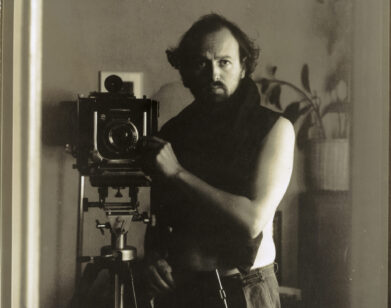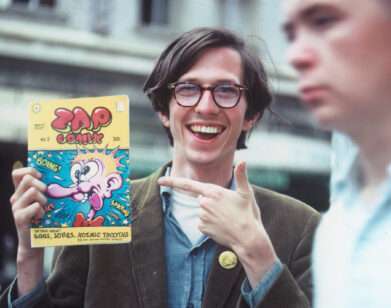Remembering Cy Twombly

One of the lions of the 20th Century, and a symbol of modernism and its undoing, Cy Twombly has died at the age of 83. The artist will be remembered for his signature, romantic and inventive scribble, his canvases simultaneously lush and spare, and his channeling of antiquity. In the Sept. 1994 issue of Interview, Brooks Adams wrote:
Cy Twombly is our most poetic painter. At once calligraphic and painterly, his graffitiesque works from the 1950s are meditations on what it means to make a mark. His ‘60s “Blackboard” paintings are gigantic lesson in unlearning: The heroic handwriting of abstract expressionism is reduced to a Palmer Method mantra. His ’70s cycle based on the Iliad kept the ideal of history painting alive in a decade when contemporary painting as a whole was widely assumed to be dead. Now the sixty-six-year-old artist transports us once again with a cycle of four elegiac new canvases entitled The Four Seasons—the crowning glory of the Twombly retrospective curated by Kirk Varnedoe, chief curator of painting and sculpture at New York City’s Museum of Modern Art. (The show opens at MOMA this month.) Concurrently, a fifty-foot-long Twombly colossus, fifteen years in gestation, makes its debut at Gagosian’s Wooster Street Gallery in SoHo. Across from the Menil Collection in Houston, a 9,000-square-foot pavilion-designed by Italian architect Renzo Piano and housing a permanent collection of Twomblys-will open its doors in early 1995. And in the spring of 1996, the Dia Center for the Arts is scheduled to herald its own installation of the artist’s work in a new Manhattan exhibition space on West 22nd Street. Altogether, a celestial torrent of Twomblys is upon us.






